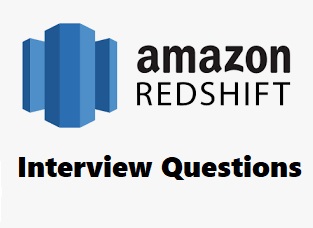21. What is the user experience when writing a UDF?
You can use the Athena Query Federation SDK to write your UDF. You can upload your function to AWS Lambda and then invoke it in your Athena query.
22. What features does Athena ML support?
Athena offers ML inference (prediction) capabilities wrapped by a SQL interface. You can also call an Athena user-defined function (UDFs, also included in the Preview) to invoke pre- or post-processing logic on your result set. Inputs can include any column, record or table, and multiple calls can be batched together for higher scalability. You can run inference in the Select phase or in the Filter phase.
23. What ML models can I use?
Amazon SageMaker supports a variety of ML algorithms. You can also create your proprietary ML model and deploy it on Amazon SageMaker.
24. How do I control access to my data in Amazon Athena?
Amazon Athena allows you to control access to your data by using AWS Identity and Access Management (IAM) policies, Access Control Lists (ACLs), and Amazon S3 bucket policies. With IAM policies, you can grant IAM users fine-grained control to your S3 buckets. By controlling access to data in S3, you can restrict users from querying it using Athena.
25. Can Athena query encrypted data in Amazon S3?
Yes, you can query data that’s encrypted using Server-Side Encryption with Amazon S3-Managed Encryption Keys, Server-Side Encryption with AWS Key Management Service (KMS) – Managed Keys, and Client-Side Encryption with keys managed by KMS. Amazon Athena also integrates with KMS and provides you an option to encrypt your result sets.







